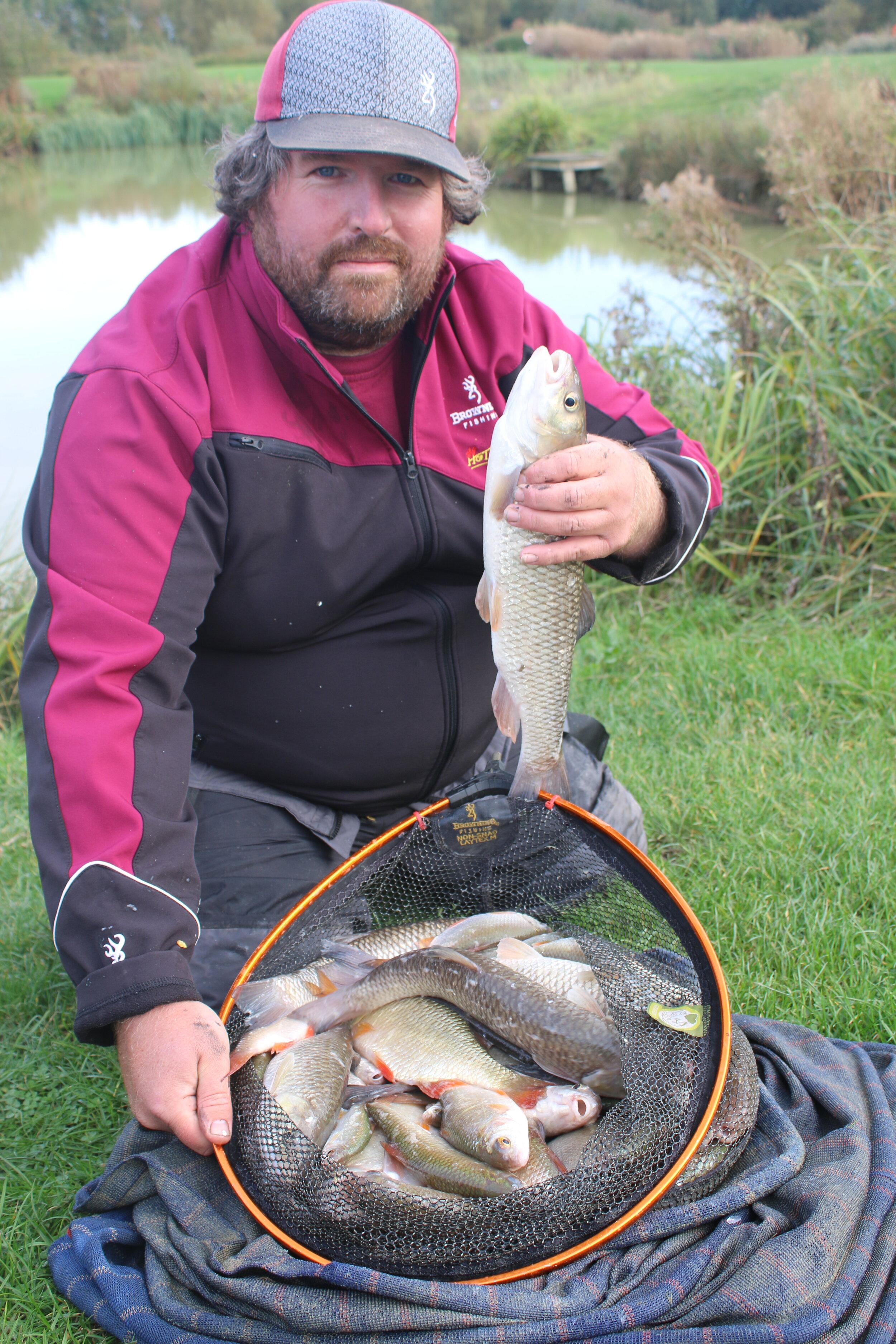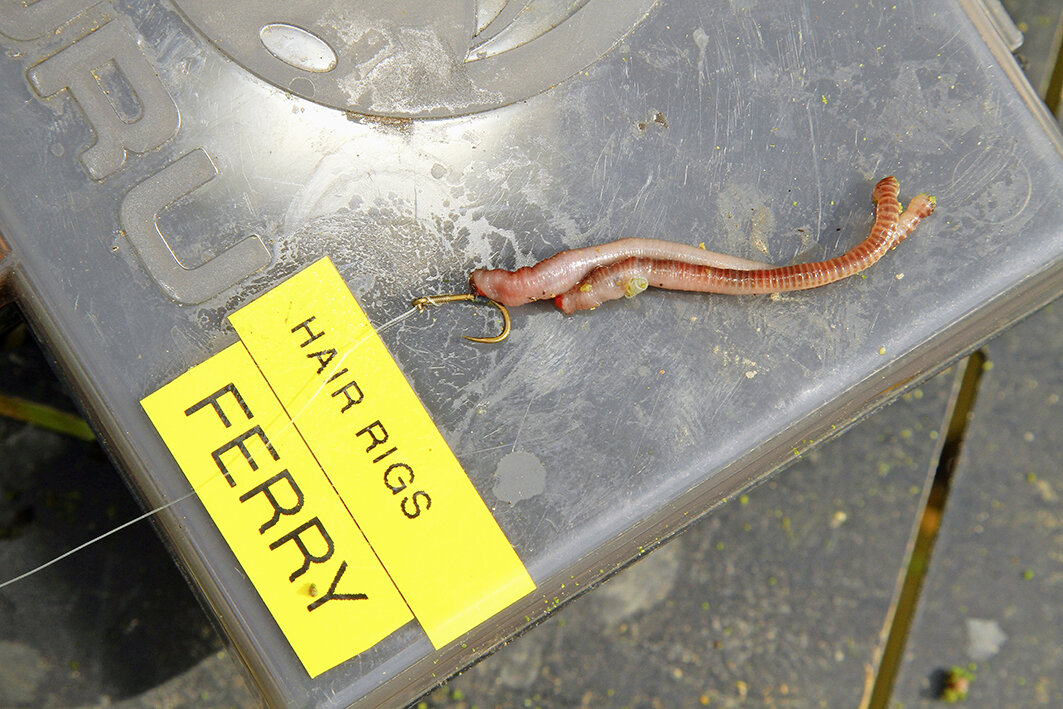Six steps to casting feeders further
here’s little point in having the correct rig, lovingly-prepared bait and groundbait and a good peg to fish if you can’t cast your feeder far enough in the first place.
You may think that you can cast well and put a feeder out a long way, but there are always a few little things that can be added to your technique that’ll put 10 or 20 more yards on the cast. On many waters, where casting further than the anglers around you might be important, these little improvements will mean more fish.
Get the right ‘drop’
This is the length of line between feeder and rod-tip before you cast. If it is too short, then you won’t achieve the force to cast far enough – around 5ft of line is ideal, allowing you to really compress the rod.
use your other hand
Too many anglers cast using just the hand and arm holding the rod around the reel. This is wrong. Your other hand that’s on the bottom of the handle is just as important, as this should ‘pull’ on the rod as you cast, creating speed on the cast to propel the feeder further.
point where you cast
When the cast is finished, the rod should be pointing directly to the spot where the feeder has gone into the water. This will tell you that you’ve been accurate, and is achieved by following through with the rod in a straight line as the feeder flies through the air.
Release at the right point
When to release line from the spool mid-cast makes a big difference. It should happen when the rod is roughly pointing to 11 o’clock on an imaginary clock – 12 o’clock will be the point immediately above your head. Let go too early and the feeder will go in a more upward direction, while too late and it will crash into the water 20 yards out!
use the right type of rod
Modern feeder rods are designed for casting a long way, so don’t be afraid to put a lot of force into the chuck and fully compress the rod. It might look as though it’s bending alarmingly, but that’s what it’s built to do – the rod won’t break!
Stand to attention
For really long casts, you’ll have to stand up. This creates more clearance behind you to get the right ‘drop’ between feeder and rod, and also allows you to use the weight of your body to propel the cast.
















